CALPE
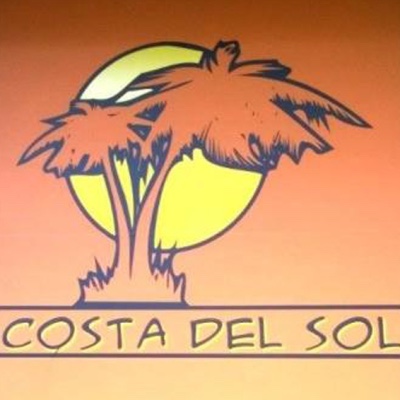
The Rough Guide to Spain gives Calpe short shrift and Lonely Planet is not ecstatic about it either – that could be due to snobbishness or laziness – or from suffering the after effects of nearby Benidorm. There were no Dorks in evidence here and though there are young families aplenty, it is very popular with those of a certain vintage.
I cannot recall staying for a whole week in a tourist town – usually to be avoided – but this had to be a tour with contrasting destinations. My preference is for quiet, offbeat preferably semi – rural places. But, if the coast is to be sought on the Spanish Med.in late July, then “quiet” is not easy to factor in. Calpe was not as busy in these Covid devastated times as it would normally be and it was certainly calm,orderly and had its charms.
It is the biggest resort I have ever stayed in.
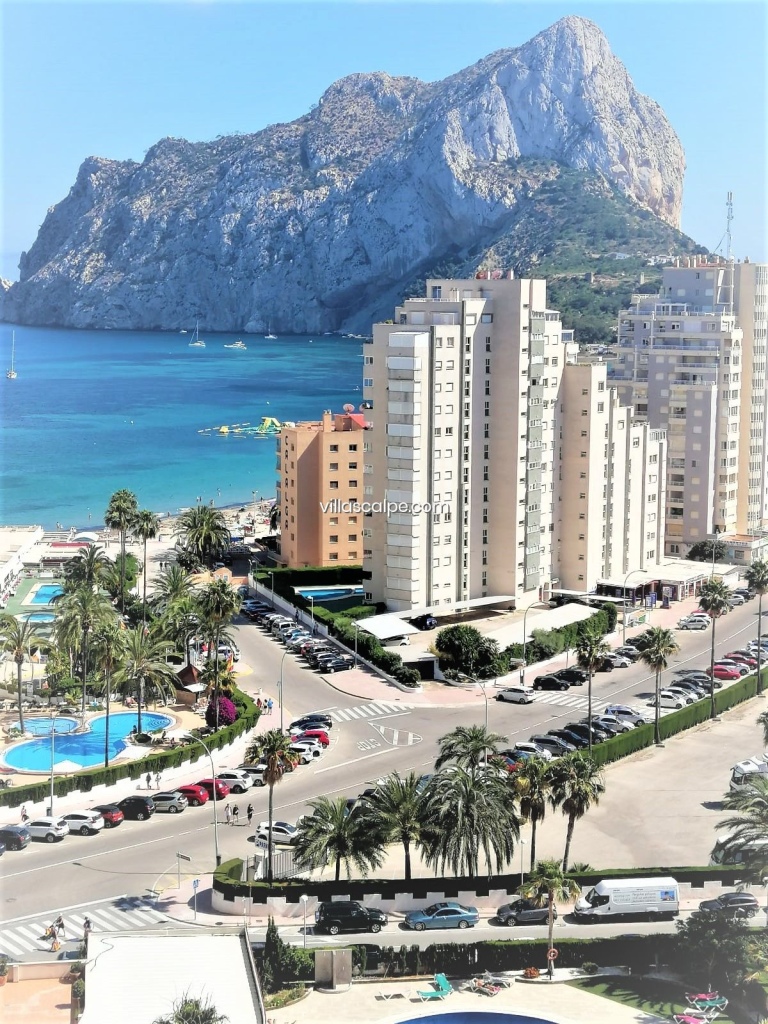
The campsite,Calpemar,was only half full and it was well situated for the lovely beaches, a 10 minute walk away and from the town itself. The bonus though, was the supermarket, situated just across a very quiet service road. It was the nearest to a Waitrose I have ever seen in Spain – newly built and stressing its “ locally sourced” credentials. It’s called Mymercat.
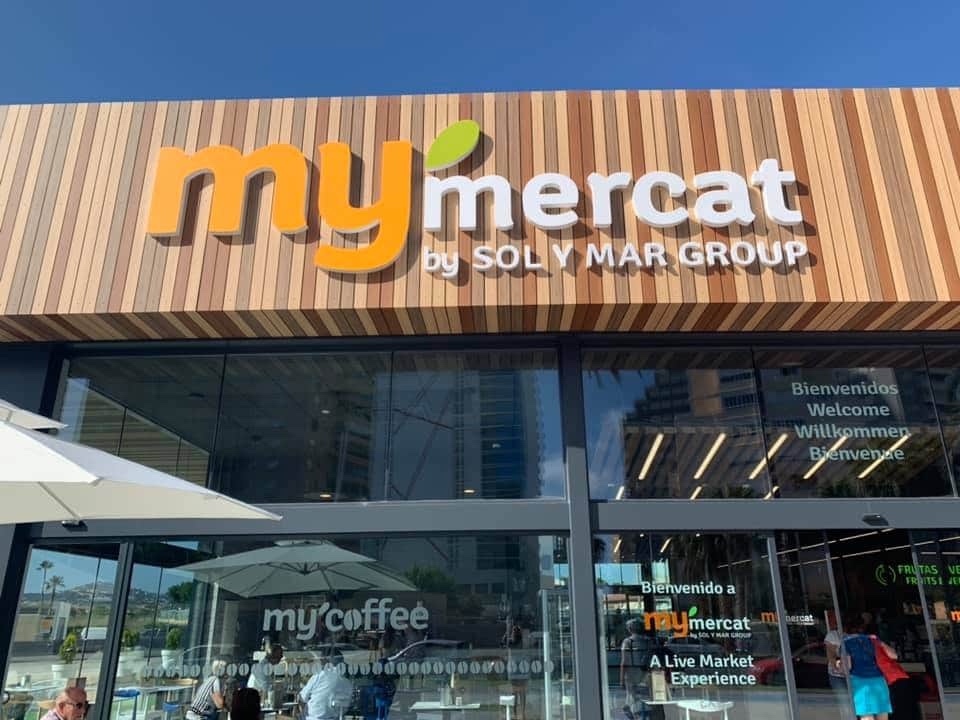
One of the main tourist destinations on Spain’s Costa Blanca, Calpe has been home to many ancient civilisations, which means it has a fascinating history and some remnants of its past, such as its Roman Baths that you can see today. Embraced by a wonderful landscape, where vineyards and mountains are a feature, Calpe is probably best known for its good value fish restaurants and lovely sandy beaches.
I would have to commend the two Tourist Information Offices I used – one on the seafront, the other in the Old Town – effusive and helpful staff.
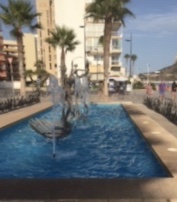
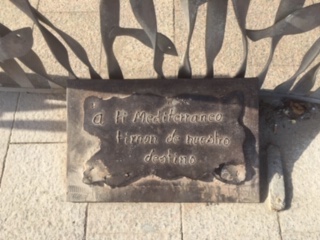
Calm waters lap up against a shore that continues on for around 11 km, in a spot where somehow or other modern tourism blends with natural beauty, culture and gastronomy. You can enjoy this variety, which includes on one hand some high-rise buildings close to the beach, but on the other hand the wonderful symbolic rock, Penon Ifach, which you’ve most likely seen already in photos.

Some of the 20 storey skyscrapers are very imaginatively constructed .

They are not in the same league as Benidorm!
In the same way you’ll find that very deep-rooted traditions seem to co-exist harmoniously enough with the tourist industry. And even though it is one of the Costa Blanca’s busier spots, it seems to have mainly retained an attitude of warm hospitality.
We enjoyed the pure sea air, while taking in the beautiful views of the surrounding countryside. Some interesting flora and fauna on some of the routes, like the , Las Salinas Natural Park, and of course Peñón de Ifach.
If you like a buzzing tourist destination, with good weather, local seafood cuisine, a historic old quarter, along with outdoor activities, fiestas and nightlife – then this is the right place. Some interesting sculptures too.

Ample avenues and modern buildings blend alongside the ancient fishing village, where there’s plenty of different types of entertainment for visitors and locals alike. There are numerous, different types of restaurants, from the fabulous fish choices in the port, to luxury gourmet dining in a selection of International restaurants. There’s plenty of places to get tapas, with a beer or a glass of vino, whatever you fancy and a number of Indian restaurants. Russians invest heavily in this part of Spain, so it was unsurprising to find Russian translations of menus,alongside French,German,Dutch and English.

Summing it up, this seaside city does combine a type of romantic village feel with plenty of activity, and of course sun, sand and sea.
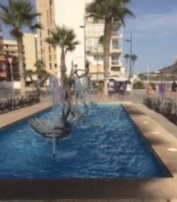
It has approximately 13,000 inhabitants, and its main economic activities are tourism and fishing. It seems it’s magical massive rock continues to inspire people from all sorts of different places to come and enjoy this wonderful view of the bays.
A large fruit and vegetable market, excellent shopping facilities add to the attractions on offer for visitors. As do activities such as scuba diving and sailing, climbing and hiking, along with tennis and bowls.
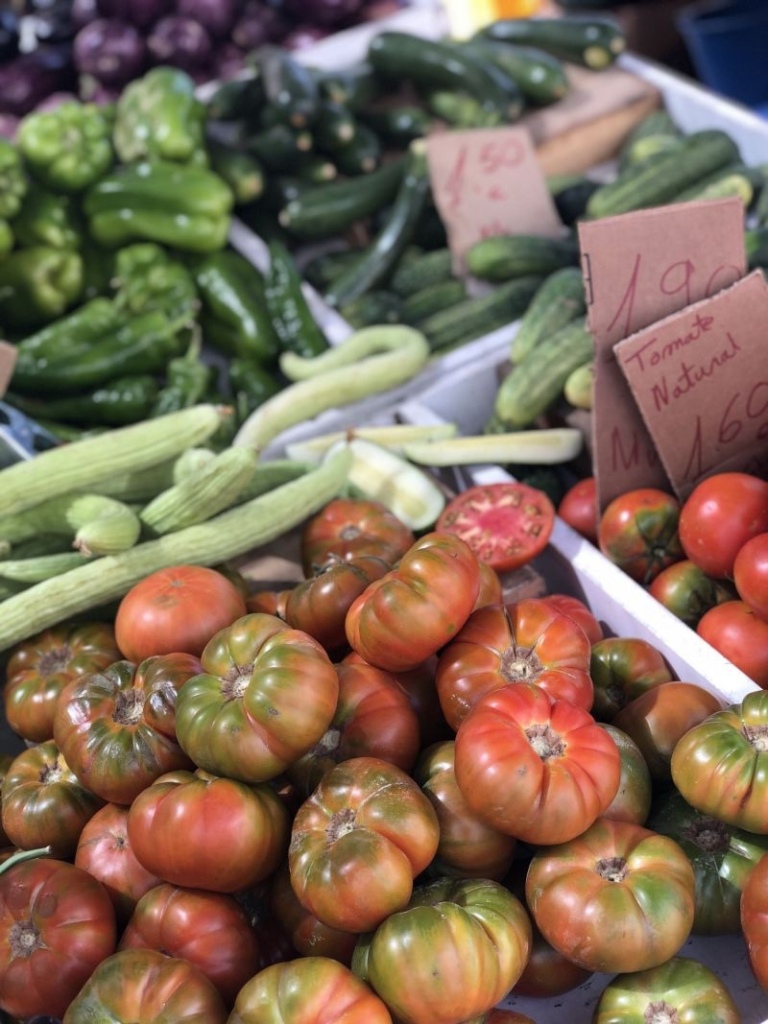
Calpe is located 76 km (47 miles) away from Alicante airport and 129 km (80 miles) from Valencia airport. By motorhome you can reach it on the AP-7 highway (note that always in Spain, if there is a P in the name of the motorway this means you have to pay) – or the N-332 national road, which is fine also, and you don’t need to pay tolls.
Many Iberian, Roman and Arab archaeological sites exist in the town because of its strategic coastal location.
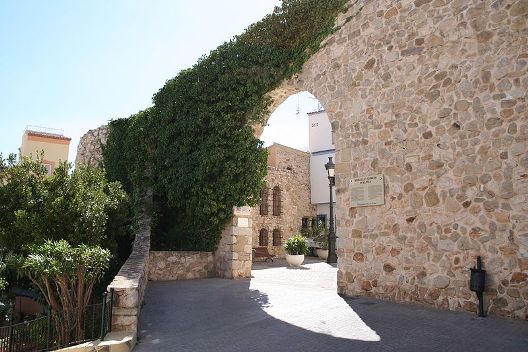
. “In Spain, the dead are more alive than the dead of any other country in the world.”– Federico Garcia Lorca
History
As it offered a perfect privileged surveillance point, Calpe has had an interesting history and has been occupied by a range of different cultures, such as the Romans, Iberians and Phoenicians. Like today’s tourists , they were also attracted because of the wonderful Ifach Rock. In fact the town gradually grew up around the rock.
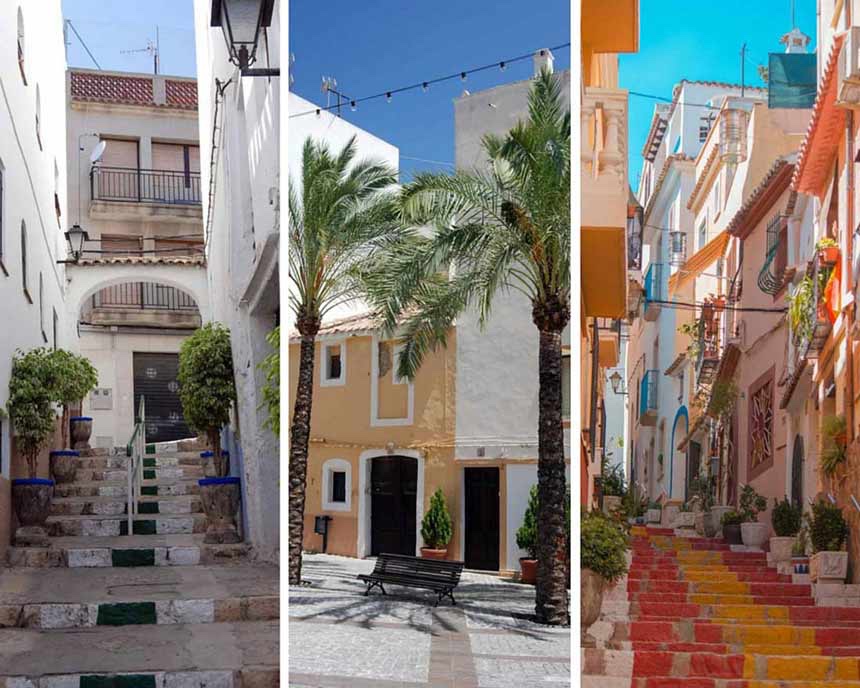

Its old quarter is protected by the old walls, which were constructed during the 15th century as a defensive method against Pirates. Around El Arrabal, the Moorish quarter, you’ll notice that some of this area is quite well preserved.
Other historical highlights include the Roman Baths – Baños de la Reina, which translates into the Queens Bath.
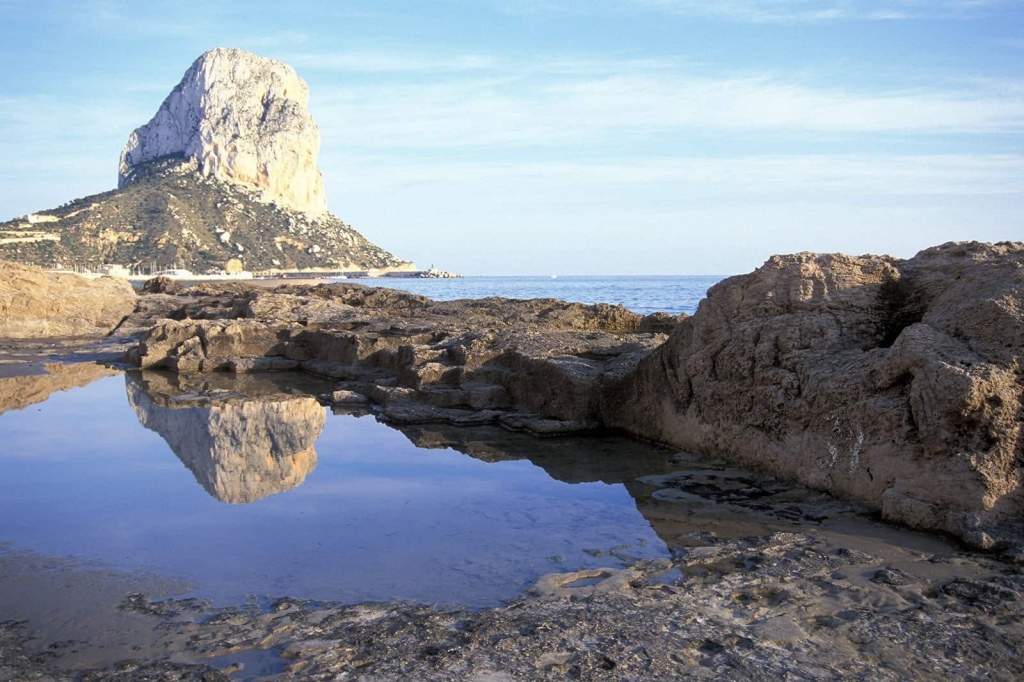
And the 15th century parish church, which today is the only remaining example of a Gothic Mudejar church in the Valencia region.
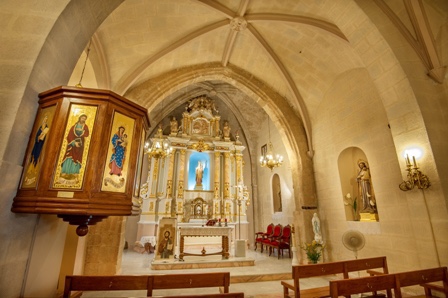
Originally constructed in the early 15th century, the site of the old church of Calpe is on top of the site of an old chapel which was present during the Christian conquest.
The fortified Mudéjar Gothic building had the dual purpose of being both for religious worship, as well as for defensive purposes. It served as a place of refuge when the community was under attack.
Inside is a panel painting of great artistic value, in tempera, that dates to the 15th century. It depicts St. Cosmas, St. Anthony the Abbot, and St. Damian, and is the creation of Master Perea’s workshop. Other works are also housed inside that are dedicated to the municipality’s patron saint, Cristo del Sudor, St. Sepulcro and the patron saint of sailors, the Virgin Carmen.

Calpe Saltmines
The location of the Peñon d’Ilfach has an influence in the formation of this fascinating humid area. It’s a lagoon of tombolic source generated by the evolution of a double sandbar. The salt flats inhabit a depression full of Quaternary alluvial deposits.
Of course salt was essential for food preservation, so Calpe was able to take advantage of the salt mines in order to promote the local fish. Historically the salt mines have been of great importance, that can be traced back as far as the 2nd century AD, at which time the Roman civilisations there combined the salt pans with the fish farm. At one stage the salt mines were providing salt to around 40 municipalities. It was towards the latter part of the 18th century, that they went into decline, due to infections that were causing fevers in the local people.
In 1993 they were declared to be a Maritime Terrestrial zone. At the salt flats you can see different birds, probably the most outstanding being the flamingo, as well as plant life that is distinctive to this peculiar ecosystem.
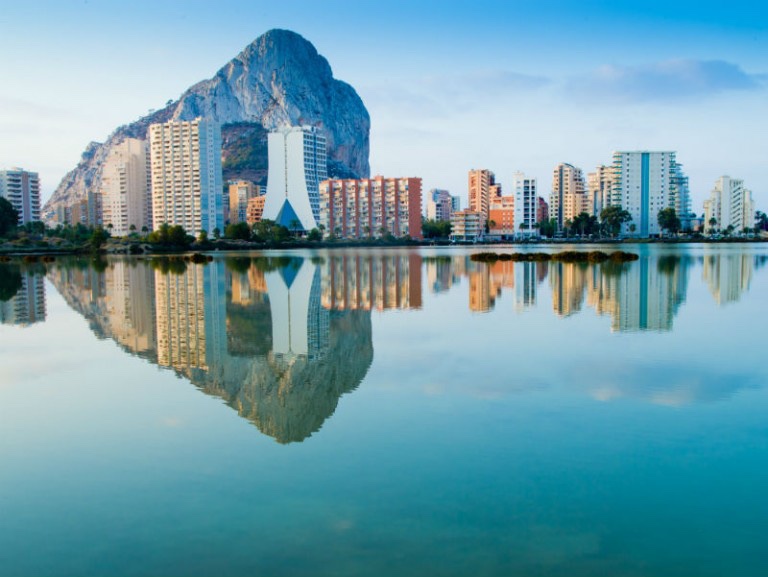
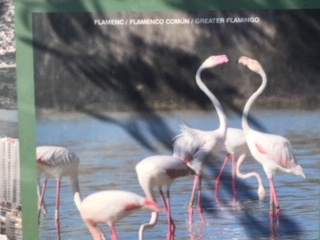
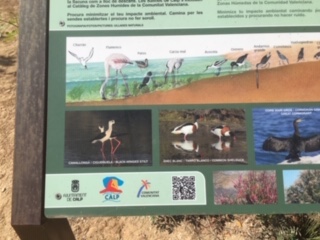
Plaça de la Villa, located in Old Town Calpe, features narrow cobbled streets that are lined with colourful murals, potted plants, and flowers, as well as ancient Roman ruins and city walls. This historical square is also home to Calpe’s most iconic museums and churches, including the Parish Church of Virgen de las Nieves and Museo del Coleccionismo. The best way to explore Plaça de la Villa is on foot, as you get to see beautiful wall mosaics and street art along the alleyways.
Torreó De La Peça

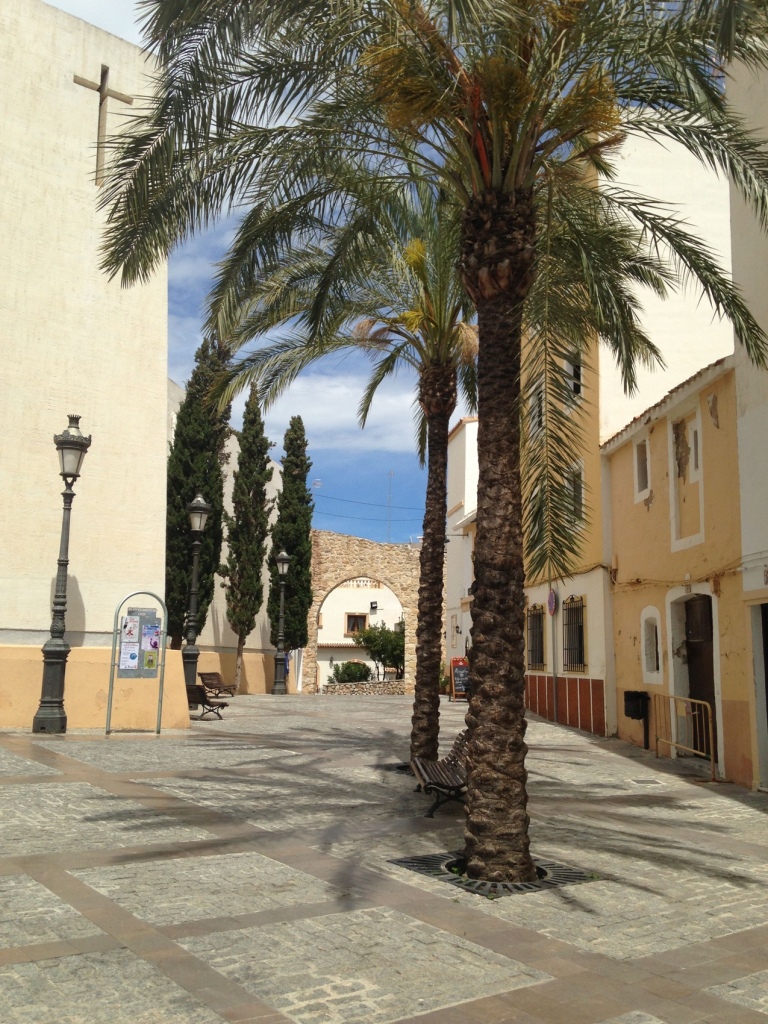
Torreó de la Peça is a defensive tower that was constructed to protect Calpe from pirates during the 15th century. Located near the Parish Church of Virgen de las Nieves, the wall features 2 cannons dating back to the 14th century.
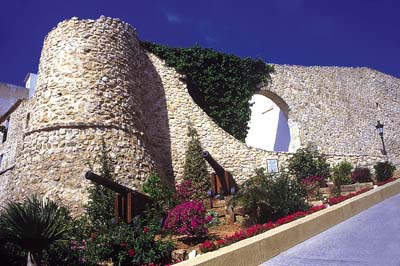
Mosaico Mural
The colourful mosaic mural of Calpe by Gastón Castelló
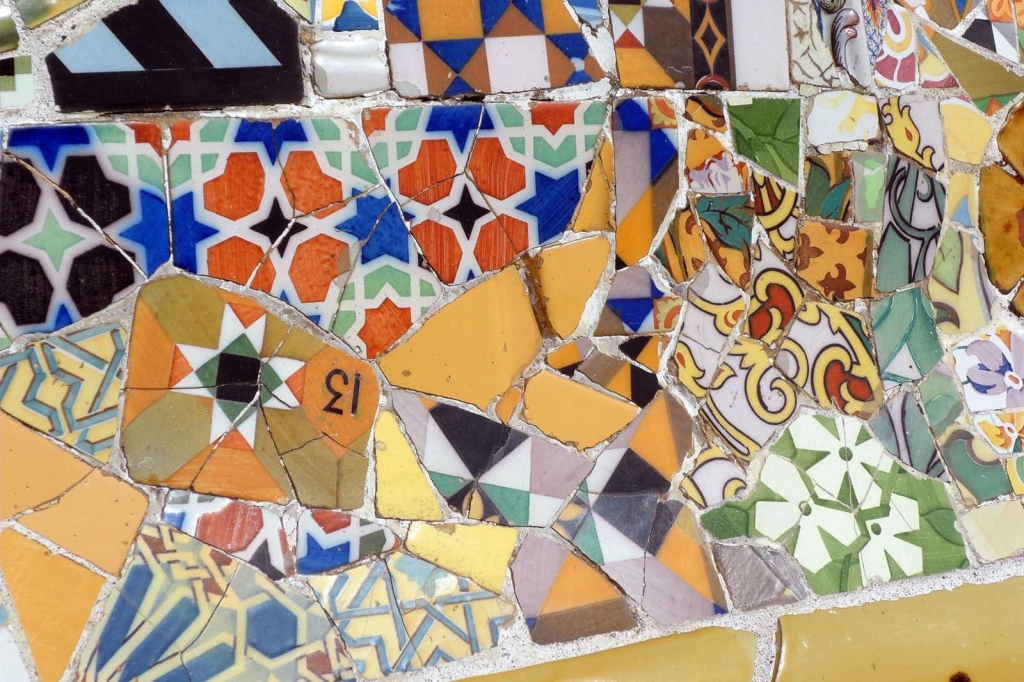
The Mosaico Mural can be found on the main façade of the city’s tourism office in Old Town Calpe. Widely regarded as one of Calpe’s most beautiful tile murals, it’s the work of Alicantino muralist Gastón Castelló. It depicts the town’s fishing industry, complete with a ship, Peñón de Ifach (Ifach Rock), and people dressed in traditional costumes and carrying fish. There are plenty of murals painted on building facades and stairways within the historical neighbourhood.
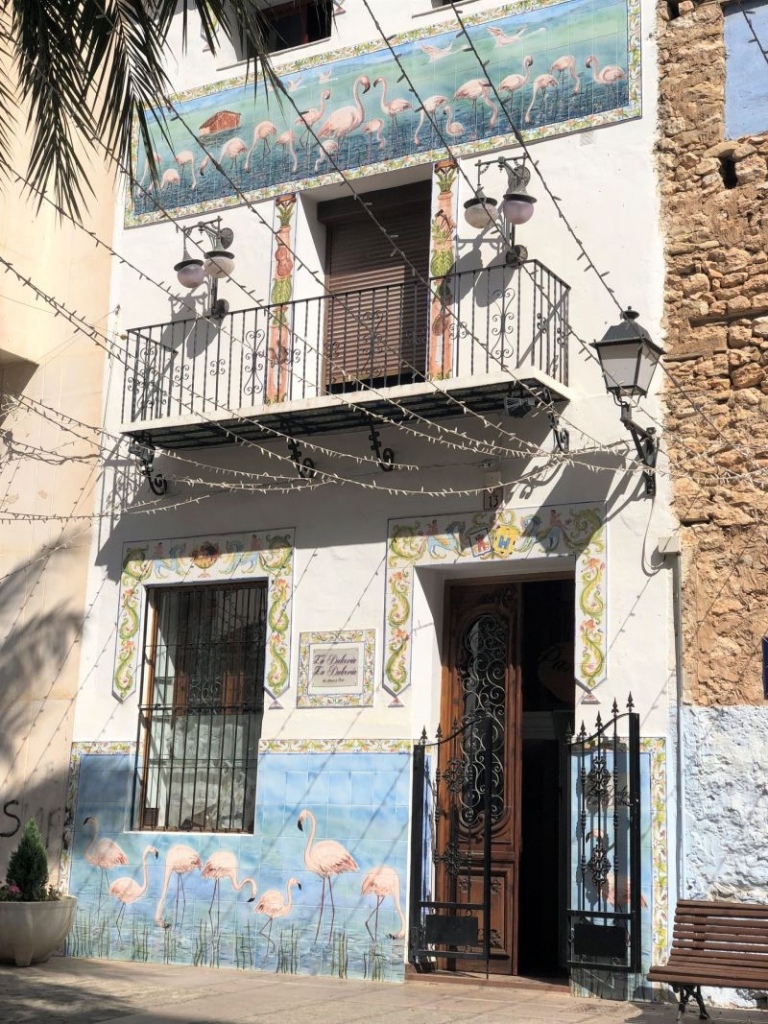
Baños de la Reina (Queen’s Baths)

Baños de Reina (Queen’s Baths) is an ancient Roman site next to the Paseo Maritimo Playa del Bol promenade. Built between the 2nd and 4th centuries, the excavation site comprises the ruins of a fish farm and a thermal bath complex with interconnected pools carved from rocks. Baños de Reina is about 1.5 km northeast of Ifach Rock.
Platja del Arenal-Bol is a clean and lively beach that spans 1.5 km in length.

It’s within a 10-minute walk of Old Town Calpe, making it one of the most popular places for locals and tourists to relax during the summer. There’s a beachfront promenade that’s lined with bars, restaurants, boutiques, and souvenir shops, as well as windsurfers, jet skis, paddleboards, and surfboards available to rent. Platja del Arenal-Bol also caters to people with mobility issues by providing handicap-friendly bathrooms, crutches, and amphibious chairs.
On another trip we walked around the rock to another beautiful beach – Playa Fosse de Levante – more upmarket than the old town beach.
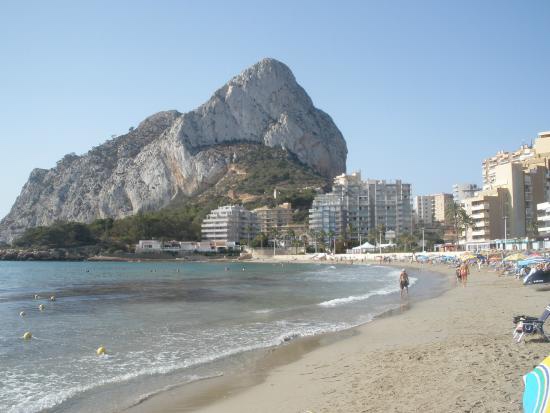
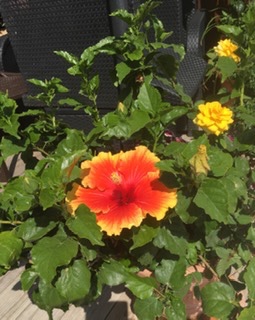
Calpe’s old town still has nice wide avenues where modern buildings and old architecture collide. Calpe is almost three thousand years old and in this area it still retains a sense of history and tradition. The earliest archaeological findings, at the time of the Iberians were found at the Ifach cliffs. Later the Romans established a wealthy colony at the coast whose main activity was the trade of dried and salted fish.
In the Middle Ages, Calpe’s local population developed agriculture. Christians and Moslems lived here peacefully together, despite the many attacks from pirates between the 14th and 17th century. In the 18th century this threat was removed and Calpe enjoyed an economic upswing which continues to the day.
“In Spain, attempting to obtain a chicken salad sandwich, you wind up with a dish whose name, when you look it up in your Spanish-English dictionary, turns out to mean: Eel with big abscess.” — Dave Barry
Well,we are going for a farewell fish meal tonight at the fishing port – Hope we don’t encounter problems like that on the menu.

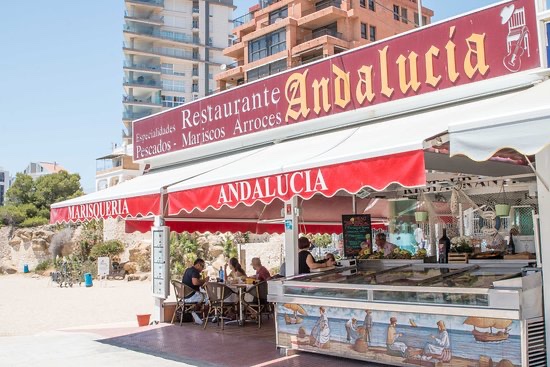
Tomorrow we set off for Haro, capital of the Rioja wine region. The following day we are booked on a Brittany Ferry from Bilbao to Portsmouth. Hopefully home on Friday 31st.

Would a four day break be enough to see most of it? A great description
Hola Rupert, four days would be good. Greetings from Haro.
Four days would be good. Greetings from Haro.